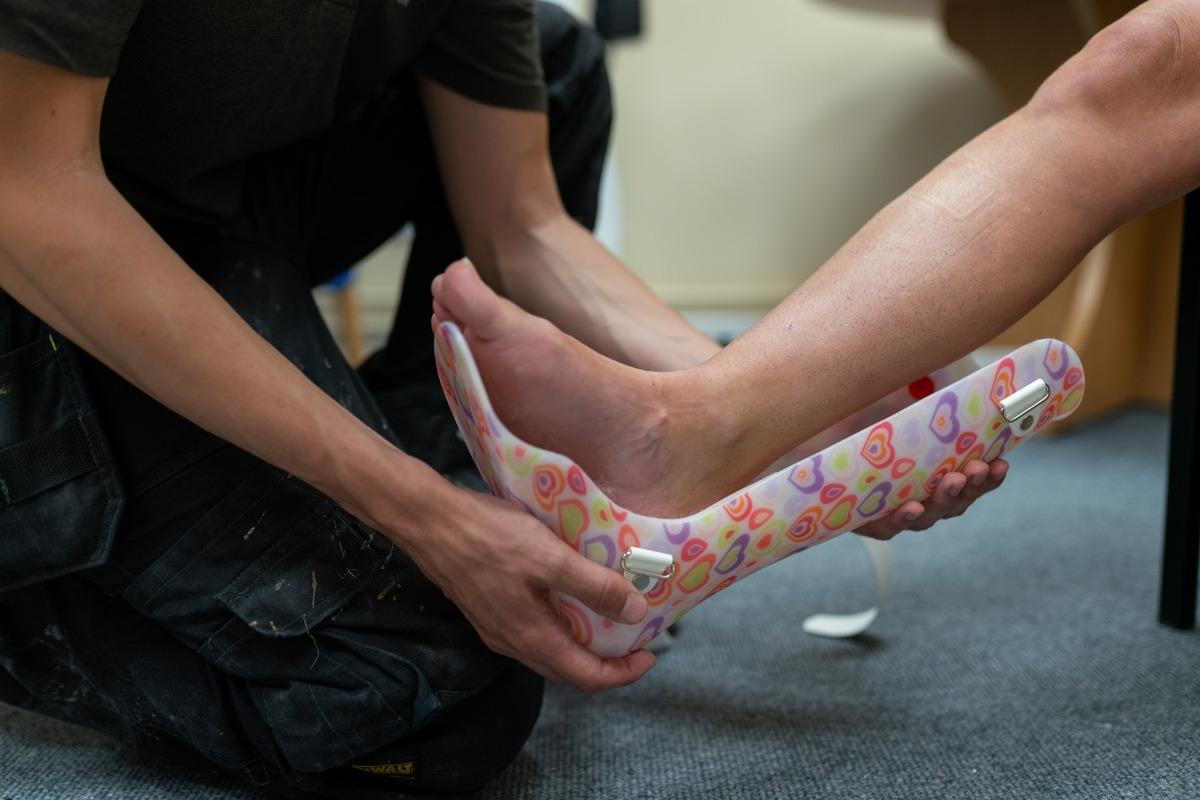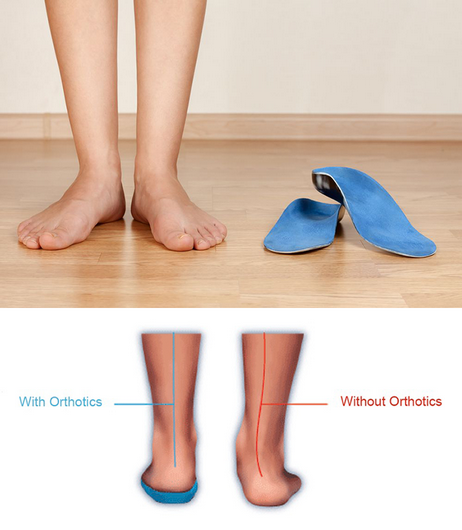Master Boot Fitting Techniques Golden CO
Boot fitting for ski racing is an essential side of the sport, enjoying a major role in performance and comfort. A well-fitted boot can improve management, precision, and general enjoyment on the slopes. Ski racing requires the skier to exert immense pressure on their boots, making the proper fit a important component in attaining optimum performance.
The strategy of boot fitting entails several intricate steps, beginning with understanding the skier's foot shape and dimension. Every foot is exclusive, and various brands have totally different final widths, heel shapes, and instep heights. A skilled boot fitter will take exact measurements, ensuring that the skier's foot is accurately represented in the selected boot model.
Once the measurements are obtained, the subsequent stage is the number of boots that align with the skier's ability stage and racing targets. For novice racers, a softer boot may provide some forgiveness and comfort. In contrast, more advanced racers sometimes require stiffer fashions that facilitate larger power switch for heightened management, significantly at excessive speeds.
After choosing the right boot, the fitting process truly begins. This is where the boot fitter meticulously focuses on creating a customized fit, often known as "shell fitting." The boot is tried on with out the liner, allowing the fitter to assess how the shell of the boot contacts the foot. Gaps or pressure points can be recognized simply at this stage, with the aim being to eliminate any areas that would result in discomfort over time.
How to Achieve the Perfect Boot Fit Superior CO
Heat molding is certainly one of the most important components of boot fitting. This includes heating the liner and generally even the shell, allowing it to mold across the skier’s foot. A correctly molded liner hugs the foot snugly, offering both heat and luxury. This heat can stop chilly toes during lengthy days on the slopes, an issue that many racers face.
While heat molding is essential, so is making fine adjustments in the course of the fitting. Often, minor tweaks such as footbeds or insoles may be essential. A customizable footbed can significantly enhance fit, cushioning, and overall assist. It can even improve alignment, which is prime for minimizing fatigue and maintaining control throughout high-speed runs.
Understanding Boot Layout and Fit Lyons CO
It’s necessary to suppose about the flex index of the ski boots. Various producers rate flex in another way, but usually, junior racers require a softer flex to advertise mobility and adaptability as they are nonetheless creating skills. More advanced competitors often opt for a stiffer flex that interprets into better power transmission and responsiveness when carving turns.
Another consideration in boot fitting for ski racing is the stance alignment. Proper alignment of knees, hips, and ankles is crucial for environment friendly energy switch and stopping accidents. The boot fitter will assess this alignment and make changes, if needed, to ensure that the skier is in one of the best position for performance.
Common Boot Fitting Mistakes Golden CO
The function of socks cannot be ignored when it comes to boot fitting. Specialized ski socks, typically made of materials designed for moisture-wicking and insulation, play a significant role in maintaining warmth. Additionally, they can help decrease friction contained in the boot itself, lowering the likelihood of blisters during extended periods of snowboarding.
Communication between the skier and the boot fitter is important throughout the fitting process. Skiers should voice any discomfort or pressure points they might really feel, permitting the fitter to handle those issues instantly. This back-and-forth helps guarantee the final product will meet the skier's specific needs and preferences.
Professional Ski Boot Fitting Techniques Longmont CO
Finally, trying the boots on the snow is irreplaceable. An preliminary fitting can really feel great within the shop, but skiing places a special set of calls for on the boots. If a skier can, they want to test the fit on a follow run or coaching course to confirm comfort and performance. This real-world testing helps to determine minor changes that might not have been apparent in the course of the fitting.
In conclusion, boot fitting for ski racing is a meticulous and customized process that significantly impacts a skier’s performance. The proper fit enhances comfort, ensures management, and minimizes the danger of damage. By investing time and attention into finding the proper boots, racers can focus on what they love most – the fun of the race.
The collaboration between the skier and the boot fitter is essential in navigating this complicated journey. A perfect fit not only improves performance but in addition fosters enjoyment in the sport. Through quality fitting, attention to detail, and customized adjustments, skiers can make probably the most of their racing experience and reach their full potential on the slopes.
- Precise measurements of foot size and width are essential for achieving a cosy fit, minimizing motion that can affect performance during races.
- Ski boot liners should be heat-molded to make sure a custom fit, permitting for enhanced comfort and improved vitality transfer to the ski.
- The flex rating of a ski boot ought to match the athlete's skiing type, with stiffer boots really helpful for advanced racers who require better control at high speeds.
- Ankle and heel hold is crucial; fit specialists often employ numerous strategies to ensure these areas are securely locked in place.
- Proper alignment of the boot cuffs can significantly impact stability and edge control, making it crucial for racers to have well-adjusted cuff positioning.
- The tongue of the boot should ideally provide consistent pressure across the instep, preventing discomfort and enhancing responsiveness.
- Using footbeds or custom insoles can enhance foot support, offering higher stability and lowering fatigue during lengthy races.
- Attention to vent placement is necessary; adequate ventilation helps regulate temperature, preventing numbness or discomfort during runs.
- Evaluating the skier's approach and stance can guide particular boot changes, tailoring the fit to enhance general performance on the racecourse.
- Consistent follow-up changes post-fitting can help tackle any discomfort that may arise during training, ensuring peak performance during competitions.undefinedWhat is boot fitting for ski racing?
Understanding Ski Boot Fit Golden CO
Boot fitting for ski racing is the process of customizing ski boots to make sure optimum fit, comfort, and performance on the slopes. It entails adjusting numerous elements to reinforce your snowboarding experience and obtain more environment friendly power transfer.

Why is correct boot fitting necessary for ski racing?
The Fitting Process for Ski Boots Frederick CO
Proper boot fitting is essential for ski racing as a result of it allows for better management, responsiveness, and luxury. A well-fitted boot can help forestall injuries and enhance general performance by ensuring that skiers can preserve proper method and stability.
How do I know if my ski boots fit correctly?
You can determine if your ski boots fit correctly by checking for a cosy fit with out pressure points. Ski Boot Fit Trends to Note Superior CO. When buckled, your toes ought to slightly brush the front of the boot, and there should be minimal motion of your heel. A certified boot fitter also can conduct an expert analysis
Ski Boot Fit for Advanced Skiers Dacono CO
What customizations could be carried out in the course of the boot fitting process?
Customizations during the boot fitting process can embrace heat molding liners, adjusting buckles, adding custom footbeds, and modifying the shell. Each adjustment is tailor-made to accommodate your unique foot shape and snowboarding style, enhancing comfort and performance.
How lengthy does the boot fitting process take?
How-To Guide for Ski Boot Fitting Nederland CO
The boot fitting process usually takes wherever from 1 to three hours, depending on the extent of customization wanted. This timeframe permits for thorough evaluations, changes, and testing to make sure the absolute best fit.
Can I ski immediately after getting my boots fitted?
It's advisable to permit some time to interrupt in your newly fitted boots before heading out to ski. While you can actually try them on and stroll around in them, snowboarding with them for a couple of hours helps ensure they settle into the fit and enhance comfort.
How often ought to I get my ski boots fitted?
Ski Boot Fit for Advanced Skiers Brighton CO
It's really helpful to get your ski boots fitted every few seasons or each time there are noticeable changes in your foot shape, discomfort arises, or in case your skiing style changes significantly. Regular evaluations help preserve the most effective fit and performance.
What ought to I convey to a boot fitting appointment? (Boot Fitting Solutions for All Levels Frederick CO)
For a boot fitting appointment, wear or bring the socks you sometimes ski in, as they can have an result on fit. Additionally, consider bringing any current ski gear, corresponding to your skis and bindings, to assist the fitter assess your full setup.
Unique Insights on Boot Fitting Wheat Ridge CO
Are there special concerns for women or racers with distinctive foot shapes?

Yes, women and racers with distinctive foot shapes may have specialized boots or custom modifications. Women's ski boots often have different flex patterns and shapes, whereas unique foot shapes would possibly require custom footbeds or shell modifications for optimum performance.
What if I experience discomfort after my boot fitting?

If you experience discomfort after your boot fitting, it's important to return to your fitter. They can assess the problems and make needed changes (Custom Boot Fitting Recommendations Frederick CO). Addressing discomfort early on can prevent performance issues and improve your snowboarding experience
her comment is here Visit Your URL